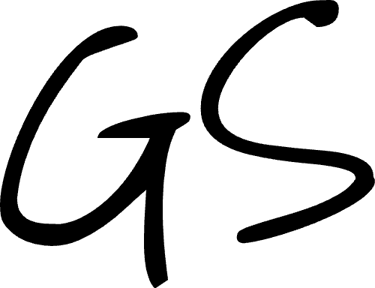Business Acumen for Private Professionals
Learning path, virtual classroom, instructional videos
Deliverables
Pre-read:
Case Study * 1
Interactive PDF * 5
Learning path:
Interactive PDF * 3
vILT *3
Each vILT has an interactive PDF as a primer to the session
(Optional content 1): Working with PE-backed client + Interactive PDF
(Optional content 2): Working with family office client + Interactive PDF
Peripheral materials:
Facilitator leader guide
Train-the-trainer materials
Promotion videos
My Role
As the only instructional designer on this program, I designed it from end to end, collaborating with PM, design lead, business partners and Subject Matter Experts.
Business problem
The business is expanding its revenue strategy beyond traditional large enterprise clients to include medium-sized companies with diverse ownership structures: family-owned businesses, private equity-backed firms, and family offices.
Client-facing professionals require targeted education on the unique priorities, decision-making processes, and success metrics specific to each of these client segments.
Target Audience
Senior Managers within the EY Private practice.
Design Highlight #1
Triad Structure in Role Play
We've used a triad structure for the role-play activity: Players (two participants), Client (Partner-level facilitator), and Observer (the 3rd participant).
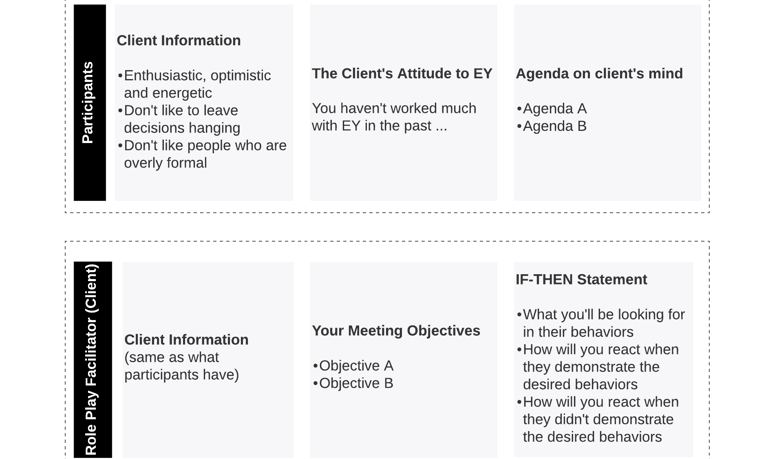

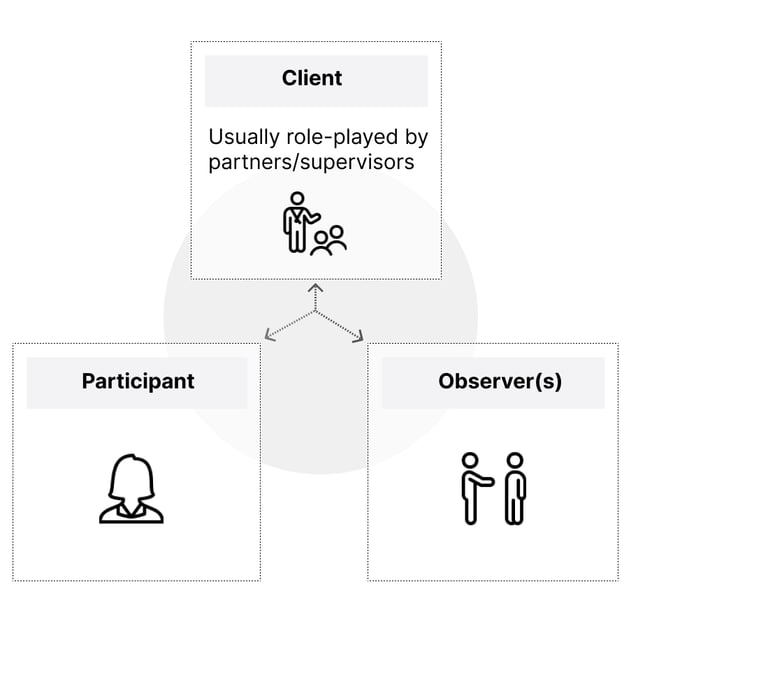

Design Highlight #2
Case-driven discussion + 'war stories' sharing
One case study as the 'pillar content' and context for the general discussion. Two more scenarios are crafted for different contexts. Partners film videos that share the contexts of working with different client types to inspire senior managers.



Lesson 1
Flipbook 1,2
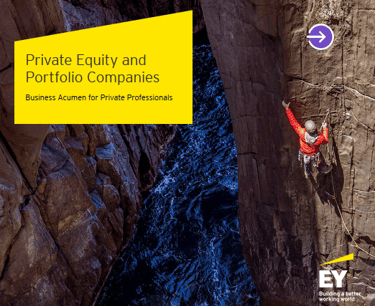

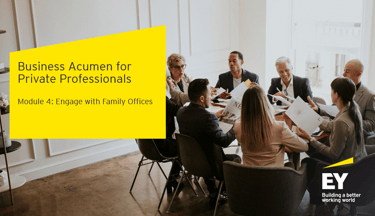

Flipbook 3 + Lesson 4


Case study
Lesson 2
Lesson 3
Flipbook 4 + Lesson 5
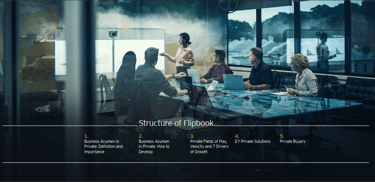

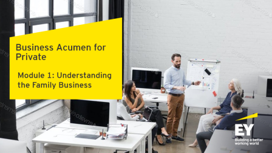









Option 1
Option 2
Key Takeaways
Role play is a great format for training in-demand power skills like having a client agenda meeting
The power of authentic role models cannot be substituted. Having partners (or others who are ahead of them career-wise) tell 'war stories' is more effective than watching an animated video/going through some lectures.
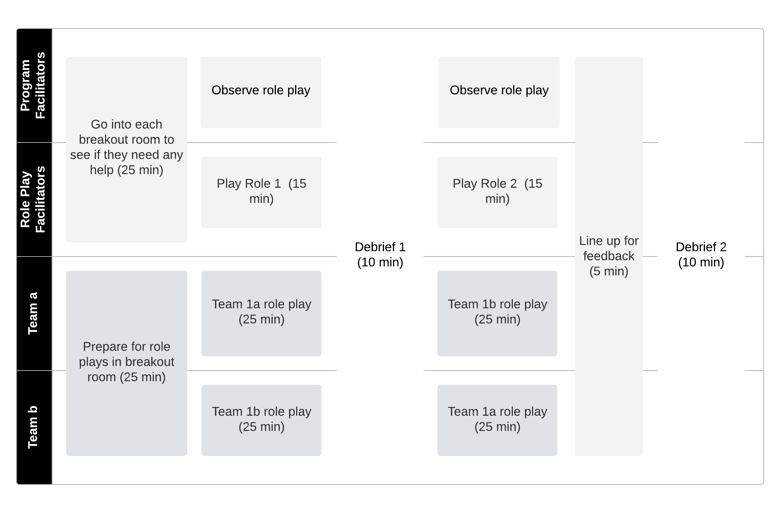

Agendas, Relationships, and Trust for Account Managers
Learning path, instructor-led classroom, pre/post work
Deliverables
Slide decks for instructor-led classrooms * 3
Facilitator Leader Guide * 3
Carefully-crafted pre-work, post-work, in-between-session work that keep the momentum and foster continued behavior change
Business problem
Effective account management is not just about delivering services; it requires building trust-based relationships with clients to drive long-term business growth.
Many account managers struggle to navigate client agenda, balance competing priorities, and foster credibility. This gap can lead to missed opportunities, reduced client retention, and weaker strategic partnerships.
Design Highlight #1
Time-tested Go-to-Market Frameworks with Practice Opportunities.
Trust Equation
Trustworthiness equals to the sum of credibility, reliability and intimacy divided by a person's self-orientation.
Agenda Meeting Model
Agenda Meeting Model specifies the stages of listen-playback-listen that develop trust over time.
Relationship Index
Relationship Index is a scientific way of quantifying relationship building. At the point 4-5, decisions need to be made in terms of more investment is worthwhile.
Design Highlight #2
Pre and Post-Program assignments are to make the learning program coherent.
The 'meat' of this program lies in the post-work, where participants apply what they learn in the program on their client work.
The post-work of each session becomes the pre-work of the next session. By design, they keep this momentum going.
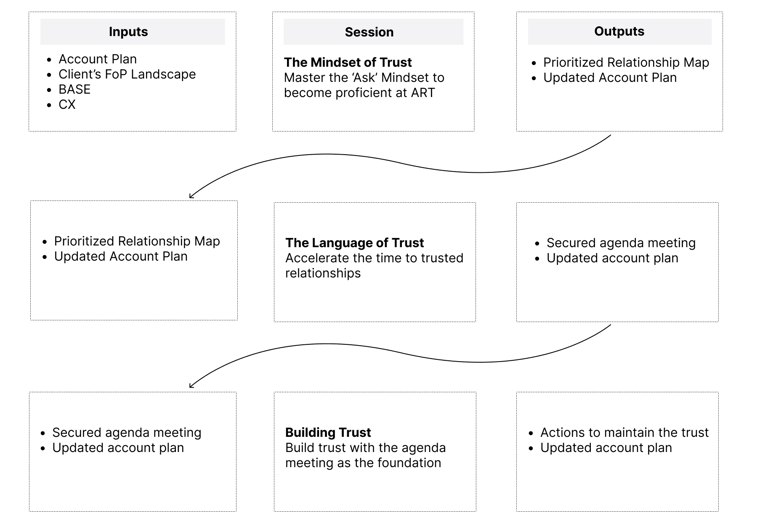


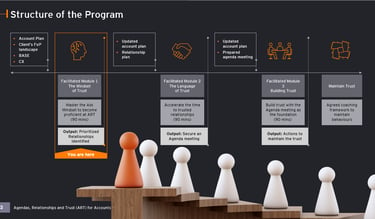

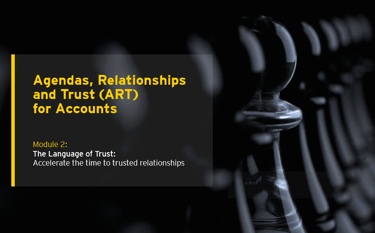

Lesson 1
Lesson 2
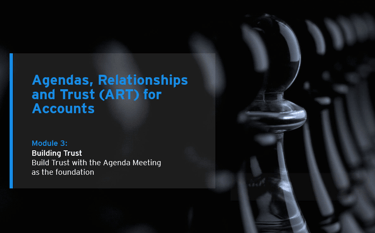

Lesson 3
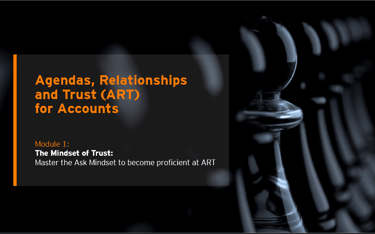

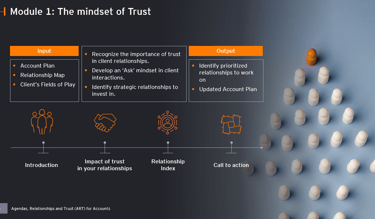

Pre-work
Output-Input
Output-Input
KEY TAKEAWAYS
Understanding the business context is critical to crafting contextualized exercises.
Think of learning programs in terms of an 'input/output' cadence. This helps you better answer these two questions: (1) why are people spending time on this learning program; (2) how what we taught previously could be applied on their next career journey/key skills to be built.
Interested in what you see? Drop me a note at gabrielle@gabrielle-sun.xyz
Connect with me over LinkedIn
